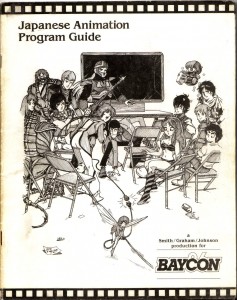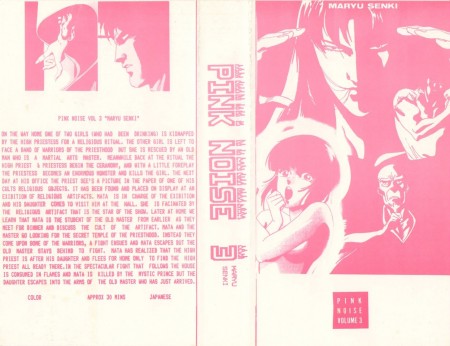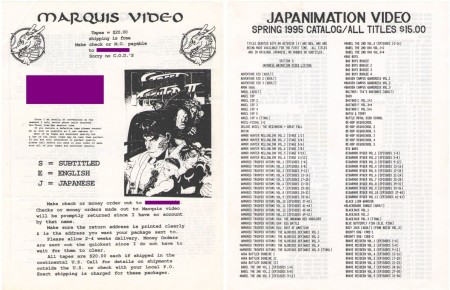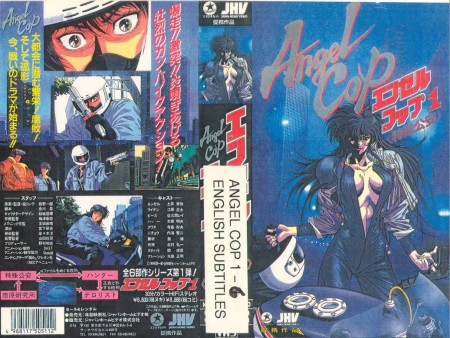Ask John: How Did American Otaku Access Anime Before the Internet?

Question:
How exactly did you get into anime? Also, how did international anime fans in the late 80s/90s watch anime in its original format since there wasn’t any easy internet access to anime back then like there is today?
The web is filled with tales of the early days of the American otaku community as told by fans with connections or fans located in metropolitan hubs and college towns that naturally made imported anime slightly easier to acquire. But access to anime for fans like me that didn’t live in conducive areas of the country and happened to be still in junior high or high school proved exceedingly difficult and largely luck of the draw. During the 1980s and very early 1990s, anime distribution in America was frequently conducted through networks of friends and communications established at comic conventions and via penpals. For example, the San Francisco area Baycon convention sustained an anime fan community and exclusive screenings in the mid-1980s. However, during the period of roughly 1986 until 1990 or 1991, fans like me simply relied on obtaining anime wherever and however we could. Hanging around the local comic stores and Japanese supermarkets sometimes put me in touch with other otaku. I also personally have vivid memories of attending local comic and Star Trek conventions where bootleg video dealers would sell homemade VHS recordings of untranslated anime, frequently with color photocopy cover art. I distinctly remember seeing the first footage of the 1985 Vampire Hunter D movie on a small TV on a bootleg video dealer’s table at the 1989 Necronomicon fantasy convention held in Tampa. The same convention was the first time I ever heard of SPT Layzner. My first experience watching the St. Seiya television series was through watching the series’ first episodes on a multi-generational VHS tape recorded on extended play. The video quality was so bad that the image was scratchy and rolled, and sometimes the entire TV screen would simply turn bright blue when the VHS tape integrity was too poor for the VCR to even read. In the early days of American anime fandom, before the spread of the Internet, fans like me also relied on bootlegs to deliver tapes via mail order when contacts with friends proved futile.
Local Asian grocery stores were a lifesaver for those of us lucky enough to have nearby access to them. While I lived in St. Petersburg, just across Tampa Bay, on the outskirts of Tampa was a small Japanese grocer that regularly received rental VHS tapes that contained four weekly episodes of current anime television series. So each month I was able to rent four untranslated episodes of shows like Dragon Ball Z, Evangelion, and Escaflowne. I now have fond memories of my crazy youth when I periodically rode my bicycle 50 miles round-trip along busy highways from St. Petersburg to Tampa just to rent “raw” anime VHS tapes.
Like many fans from my generation, I watched Battle of the Planets and Starblazers on television as a child, then rediscovered anime as a young teen when Robotech premiered on American television in 1985. Co-founding a local anime fan club in 1989 brought a handful of local otaku together and made accessing anime slightly easier for all of us. The advent of the Internet gave fans nationwide an ability to connect with other fans and obtain fansubs on VHS for only the cost of blank media and postage. Prior to the Internet age, however, especially for fans like me in relatively “backwater” parts of the country, anime was a rare treat, and any anime that made it to my television within roughly a year of its Japanese release was considered “brand new,” a far cry from today when anime gets released simultaneously internationally.
Add a Comment
You must be logged in to post a comment.





Where to begin? In my case, when I first became a “serious” anime fan in 1992, I was a student at the University of Washington. The on-campus anime club, Anime Discovery Project, had a scant few domestic releases (most notably Bubblegm Crisis and Crash) and what they referred to as “semi-legal” fansubs of everything from Dirty Pair TV to Record of Lodoss War. Other than that, there were the local comic book stores which carried a few domestic releases (I bought my VHS copy of Project A-ko from one) and fansubs of their own (no idea where they came from).